
Many burnt cajuput trees have grown new green branches and leaves - Photo: TRAN TRIET
On March 31, at subdivision A1 of Tram Chim National Park, many burnt Melaleuca trees had grown new green branches and leaves. In areas where the fires were more severe, young Melaleuca trees had covered the ground in a thick carpet on the forest floor.
Previously, as reported by Tuoi Tre Online , on the morning of June 11, 2024, a fire broke out in subdivision A1 of Tram Chim National Park, burning down about 20 hectares of cajuput forest. The authorities mobilized about 247 people to fight the fire, and the fire was brought under control by about 4 p.m. the same day.
The cause of the fire was someone illegally entering the forest and carelessly using fire.
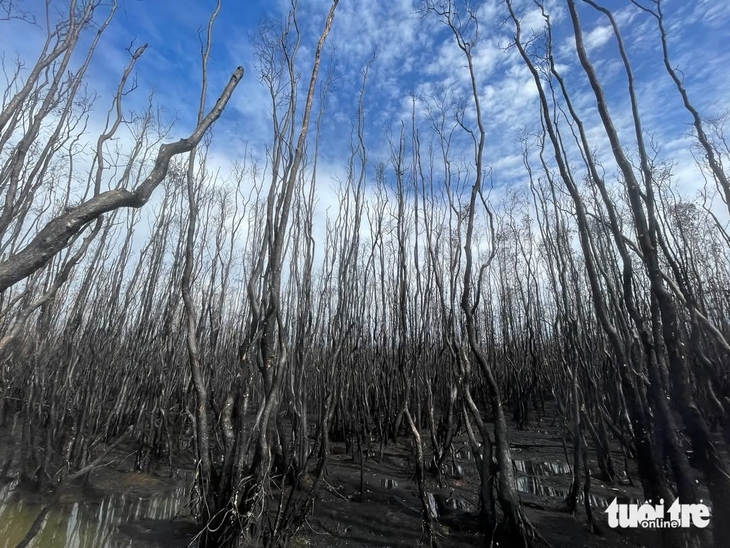
Melaleuca forest area A1 after the fire in June 2024 - Photo: Tram Chim National Park
Today, nearly a year after the fire, field surveys show that the Melaleuca forests have recovered very well. This is evidence that Melaleuca forests are fire-adapted ecosystems. Melaleuca trees are moderately fire-tolerant; fire also promotes Melaleuca seed regeneration.
Dr. Tran Triet - Director of the Southeast Asia Crane Conservation Program, International Crane Society - said that fires of this intensity also help control the accumulation of combustible materials on the forest floor, helping to prevent large, destructive fires.
"Fire can be used as a tool and method for ecosystem management and restoration. For example, in January and March, Tram Chim National Park coordinated with the forest rangers and fire police of Dong Thap province to actively burn nearly 100 hectares of grassland in area A1," Mr. Triet explained.
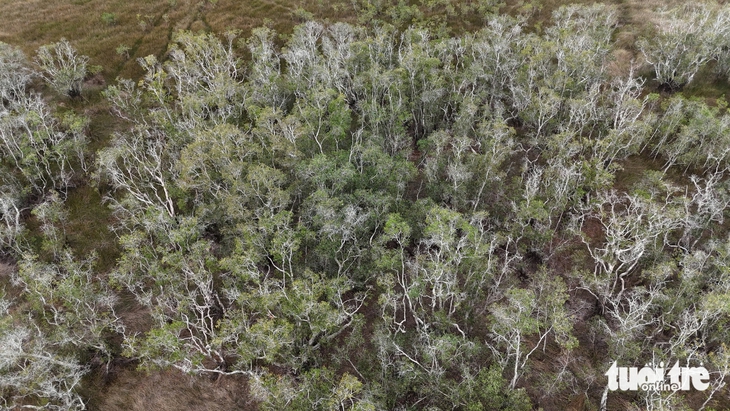
Nearly a year after the fire, green leaves have grown back on the cajuput trees - Photo: TRAN TRIET
According to Dr. Tran Triet, burning the layer of plant residue accumulated over many years will help regenerate new vegetation, create more food and help animals access the soil environment. Burning also removes the remaining layer of residue, reducing the risk of forest fires.
According to information from Tram Chim National Park, the unit is continuing to coordinate the implementation of proactive burning in some other areas in zone A1. These activities are part of the general program to restore the red-crowned crane flock that is being implemented.
According to scientists , the crane conservation program not only aims to raise red-crowned cranes but also restore the Tram Chim wetland ecosystem, a valuable remaining model of the ancient Dong Thap Muoi region.
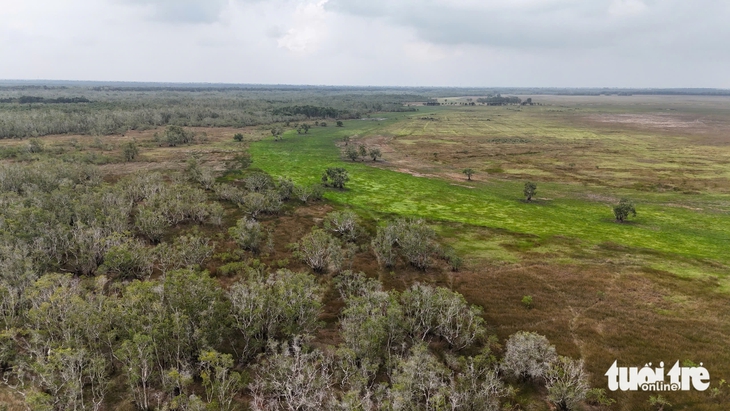
Melaleuca forest in area A1 has been "reborn", green leaves grow next to reed grass field - Photo: TRAN TRIET
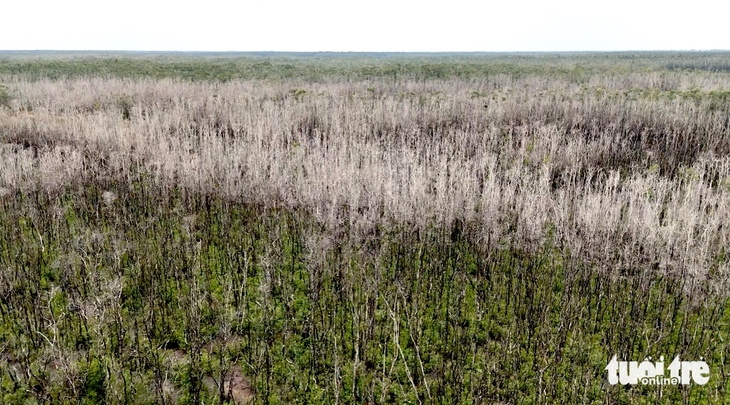
On the forest floor, young Melaleuca trees have covered the ground - Photo: TRAN TRIET
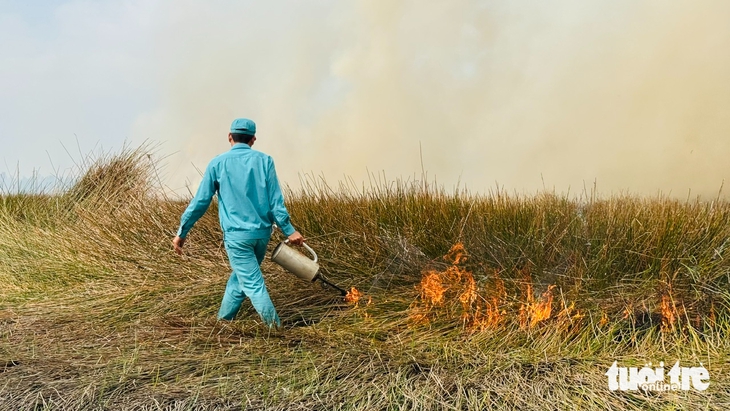
Actively burning grass at Tram Chim National Park in March 2025. This is a grassland area that has been continuously flooded for the past 15 years, the layer of vegetation and organic debris accumulated over time is very thick, which can cause destructive fires - Photo: TRAN TRIET
Source: https://tuoitre.vn/ngam-vuon-quoc-gia-tram-chim-tai-sinh-sau-gan-mot-nam-bi-chay-20250401080631757.htm


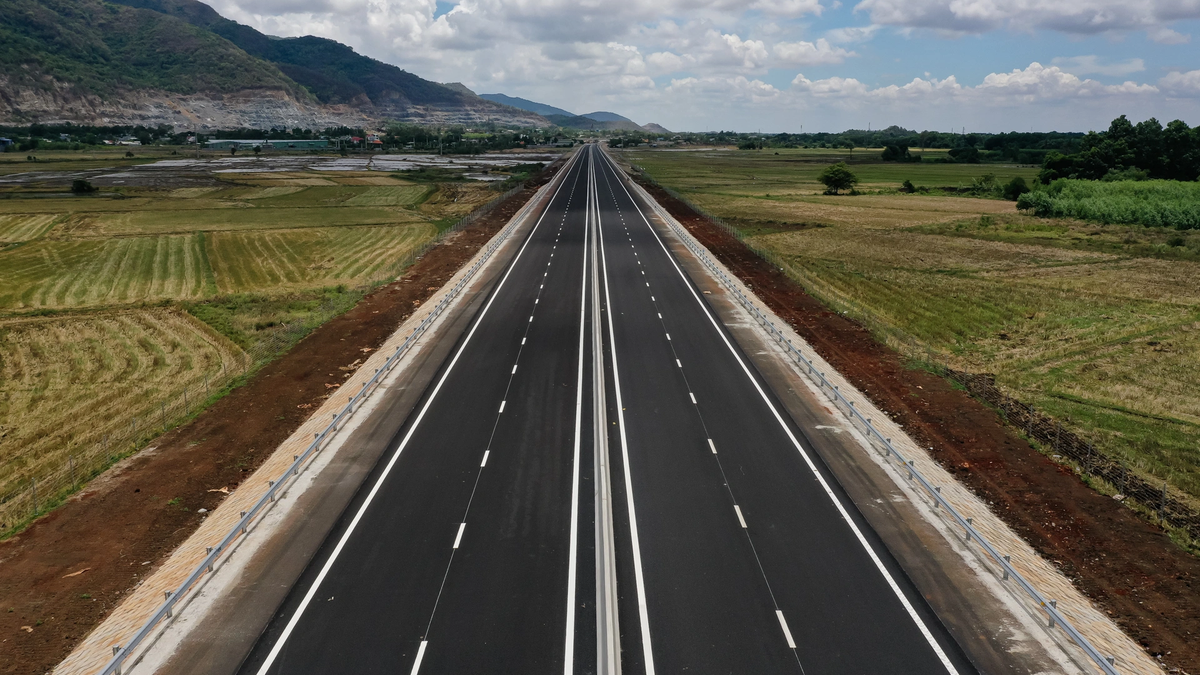
![[Photo] Special flag-raising ceremony to celebrate the 135th birthday of President Ho Chi Minh](https://vphoto.vietnam.vn/thumb/1200x675/vietnam/resource/IMAGE/2025/5/19/1c5ec80249cc4ef3a5226e366e7e58f1)

![[Photo] Party and State leaders visit President Ho Chi Minh's Mausoleum](https://vphoto.vietnam.vn/thumb/1200x675/vietnam/resource/IMAGE/2025/5/19/d7e02f242af84752902b22a7208674ac)

![[Photo] Party and State leaders attend the special art program "You are Ho Chi Minh"](https://vphoto.vietnam.vn/thumb/1200x675/vietnam/resource/IMAGE/2025/5/18/6895913f94fd4c51aa4564ab14c3f250)




















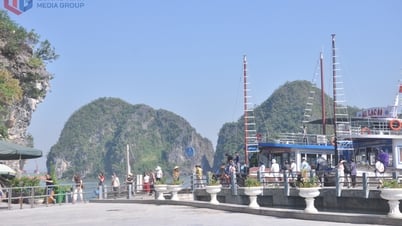



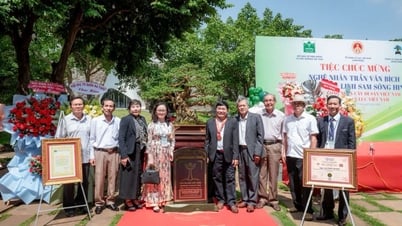











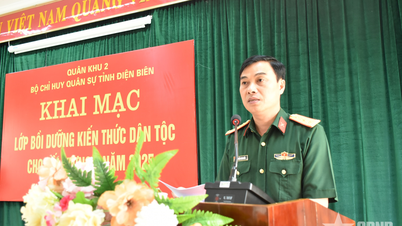







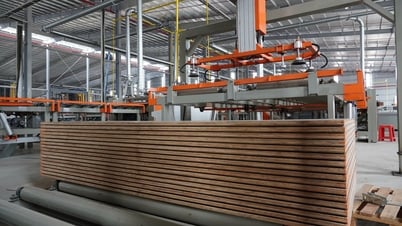










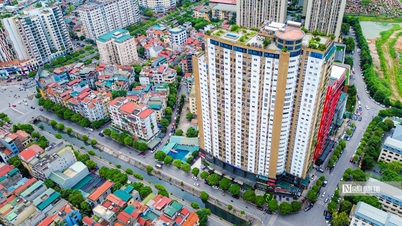















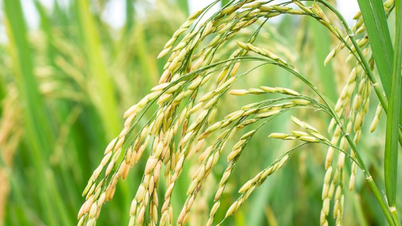




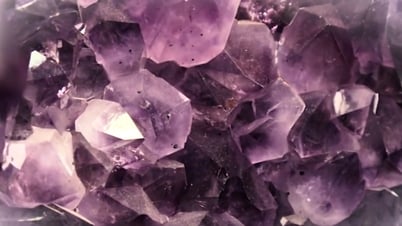





Comment (0)